Long flights to Hawaii (by domestic flight standards) demand strategies for comfort, especially with the increasing prevalence of narrow-body aircraft on these routes. First-class fares come with sky-high prices and generally sub-standard service, leaving many travelers, including BOH editors, seeking every creative alternative.
Whether through the three-seat trick we’ve written about before, extra legroom or premium economy upgrades, or split itineraries, there are multiple ways to enhance your island travel experience.
Here’s what we do and how you, too, can master these options, drawing from our recent challenges and successes.
Lessons learned: A nearly two-hour ordeal with Hawaiian Airlines.
Our attempt to book the three-seat trick on Hawaiian Airlines revealed complexities other travelers may face. As frequently as BOH travels from and to Hawaii, even we got caught.
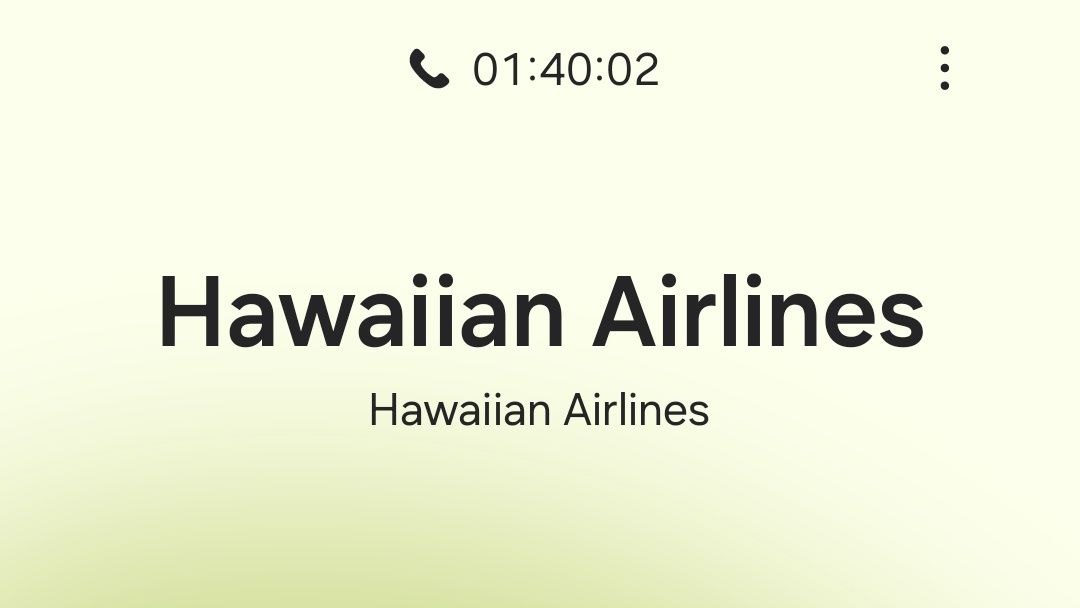

Flying the narrow-body A321neo from Hawaii to Rarotonga, we sought extra comfort by purchasing an additional seat as we’ve described previously. That is due to the 3×3 configuration and the tight, narrow-body cabin. However, Hawaiian’s system required contacting customer service, as extra seats cannot be booked online or with mileage awards. Make a note of that to save yourself untold grief later.
After nearly two hours of back-and-forth on the phone with the Philippine-based call center, albeit with a very nice agent, which helped, we finally secured the booking we sought. The agent canceled our reservation, made a new one on the phone, and included the extra seat. While we had intended to pay using miles, that became impossible. So, we split the reservation. One passenger and the extra seat were paid in cash, while the other retained a mileage award reservation.
These frustrations highlight the need for planning and a thorough understanding of airline-specific policies and procedures. Hawaiian’s process and others remain labor-intensive for customers and their agents, and their inability to manage extra seats automatically online often can leave travelers scrambling.
The airline that handles this with finesse is United Airlines, which is by far the most technologically advanced airline. However, that isn’t to say they are the best in other ways.
Why two separate bookings can be better than one.
We switched strategies for the return leg of our upcoming journey to the South Pacific, as we will be flying on Hawaiian’s wide-body A330 from Papeete to Honolulu. Rather than booking three seats, which is invaluable on all airlines’ narrow-body planes, we opted for two extra legroom seats in row 34 A/B.
These are our go-to accommodations for years onboard that aircraft due to the extra legroom and comfort that, in this case, cost a very reasonable $90 per person for the six-hour flight.
As with other domestic airlines, Hawaiian doesn’t charge a premium for one-way tickets, making it easy to split itineraries into two separate reservations. This approach saved us hundreds of dollars compared to booking an extra seat on the entire reservation.
However, round-trip fares can be significantly cheaper when traveling internationally than two one-way tickets. Still, for Hawaiian Airlines, our research confirmed no extra costs for booking one-way flights, even internationally, in this case, giving us more flexibility and significant savings.
How airlines handle the three-seat trick differently.
Alaska Airlines.
Alaska makes it relatively easy to book an extra seat, with U.S.-based customer service to assist. Their system links extra seats for a smoother check-in and boarding experience. It is best to call Alaska before commencing any reservation that has an extra seat. Mileage awards can be used to purchase tickets, including an extra seat.
American Airlines.
American Airlines requires passengers to call their reservations department to book an extra seat, as this option is not currently available online. The extra seat is coded as “EXST” and linked to the passenger’s main reservation. It is best to call American before commencing any reservations when purchasing an extra seat.
Delta Airlines.
Delta requires customers to contact their customer service team to book an extra seat. Unfortunately, this cannot be done online when booking, which adds an extra step for travelers. The airline codes the extra seat under the passenger’s name as “EXST” (extra seat), similar to how most carriers handle it. It is best to start by calling Delta before commencing any reservations when purchasing an extra seat.
Hawaiian Airlines.
Hawaiian requires customer service phone help to book extra seats, which can’t be done online. The process is time-consuming and complicated. Extra seats must be checked in manually at the gate, creating potential delays. Mileage tickets cannot be used for a passenger traveling with an extra seat.
Southwest Airlines.
Southwest’s open seating policy means you can’t pre-book an extra seat. That will change soon when Southwest moves to all reserved seating, including on Hawaii flights.
United Airlines.
United Airlines excels in offering straightforward options for the three-seat trick. Extra seats can be booked online, and their customer service is known for efficiency. Mileage awards can also be used when purchasing the third seat as part of a passenger reservation.
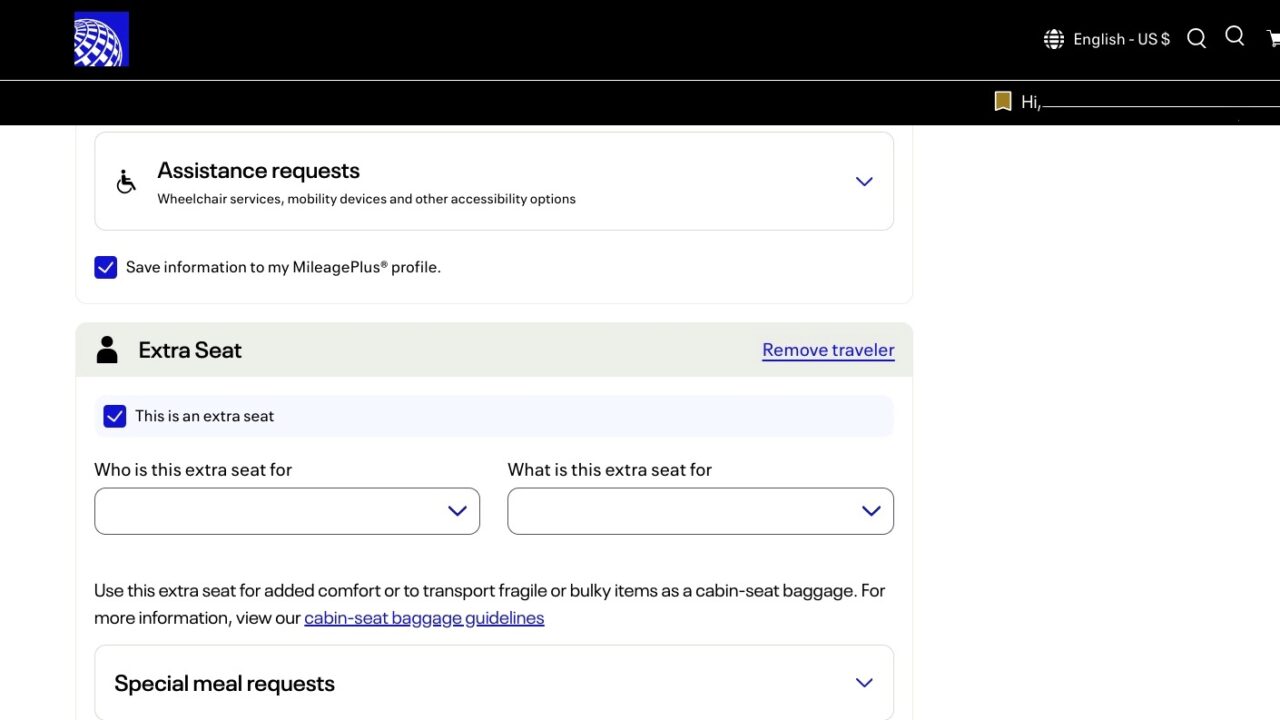

Practical tips for comfort on Hawaii flights.
Obtaining extra comfort doesn’t always require booking an additional seat. Wide-body aircraft like Hawaiian’s A330 feature 2-4-2 economy seating, making it easier for two people traveling together to avoid sharing a row with a third passenger. These planes also offer extra legroom options that, combined with a two-seat section, can provide good comfort at a reasonable cost.
When booking an extra seat, present the boarding pass only at airline check-in and boarding. TSA security doesn’t require it, and showing it may cause unnecessary confusion.
Research seating layouts to avoid surprises, such as non-moveable armrests, limited recline in certain rows, or seats without full windows.
Compare airline pricing to find the best value for extra seats, extra legroom, or premium upgrades.
The three-seat trick, premium upgrades, and strategic itineraries are invaluable tools that BOH editors have found tried and true for improving comfort on Hawaii flights.
Each airline handles these options differently, and understanding the nuances can save time and money. Whether flying narrow-body or wide-body planes, taking the time to research seating options and policies ensures a smoother and more enjoyable travel experience.
What are your tricks for comfort on Hawaii flights?
Get Breaking Hawaii Travel News

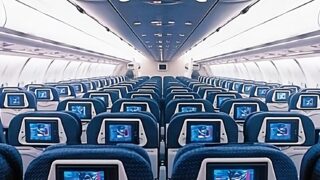
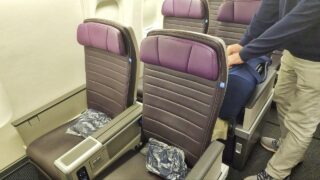

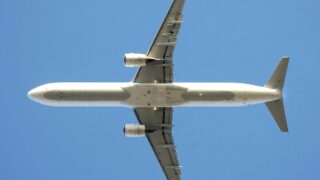
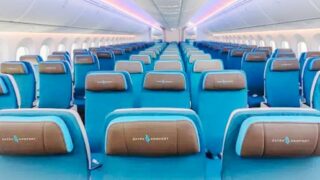
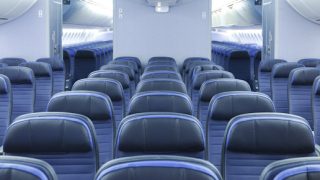
The title of your column is “What Airlines Won’t Tell You About Comfort on Hawaii Flights”
what won’t the y tell us? you didn’t say?
Maybe the title should have been “How to fly to Hawaii in more comfort”
I recently spent 1 hour and 13 minutes on the phone with Hawaiian Airlines to book 3 seats for 2 people for a flight from OGG to SMF. It was frustrating and HA needs to figure this out. This will be the first time we’ve done this and one thing you mentioned has me concerned. You indicate “extra seats must be checked in manually at the gate, creating potential delays”. Can you elaborate on what this means and what we new need to do at the gate? I’m hoping we don’t lose our extra seat if we don’t do things correctly on our flight. Have you ever had your extra seat given away to another passenger?
Hi Kim.
We haven’t had any issue ever with a purchased third seat being given away either to/from Hawaii or even internationally for that matter. Others have reported they’ve encountered issues. We’ve probably done this at least twenty or more times. You just need to remember you use the extra seat boarding pass only when getting on the plane. It needs to be scanned so that the seat is checked in as occupied.
Aloha.
It’s interesting that Hawaiian doesn’t let you book an extra seat with miles. For their loyalty program, you’d think they’d make this an option for frequent flyers. Come on Alaska!
Great tip about researching all this including seat layouts in advance. I’ve been burned before including with non-movable armrests, and no windows, and it’s so frustrating when you think you’re getting more space but you end up giving up something else.
I get that Southwest’s open seating policy makes the three-seat trick impossible right now, but I’m curious how they’ll handle it when they introduce reserved seating. Any updates on that?
The two-hour ordeal with Hawaiian really struck a chord with me based on my own experience. It seems like such a basic process, yet it is so complicated. Hoping it improves soon under Alaska.
Here’s an idea…instead of going through all the hassle of booking an extra seat, or extra comfort to fly to Hawaii, book a flight to someplace else that is more than happy to see tourists and costs half as much.
I didn’t realize how most airlines make it so difficult to book an extra seat. It seems like United really has this figured out. Thanks for the insights!
I’ve always wondered if buying an extra seat is worth it for long flights. This definitely gives me some ideas to try on my next trip to Hawaii.